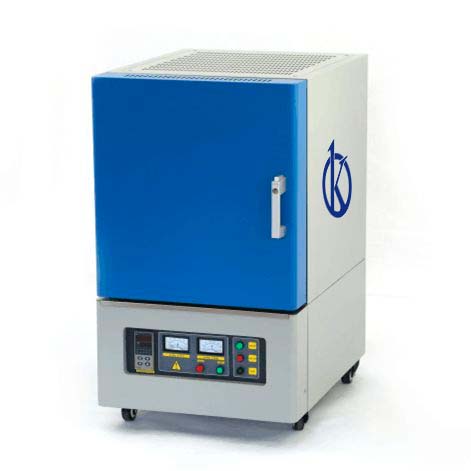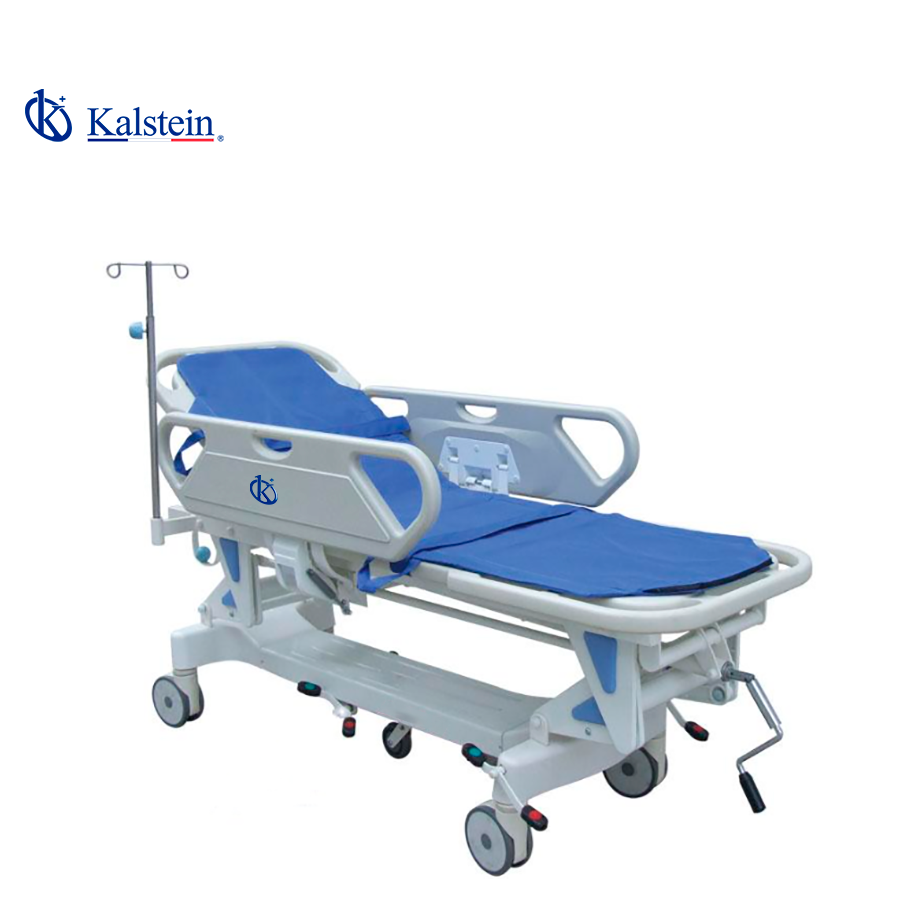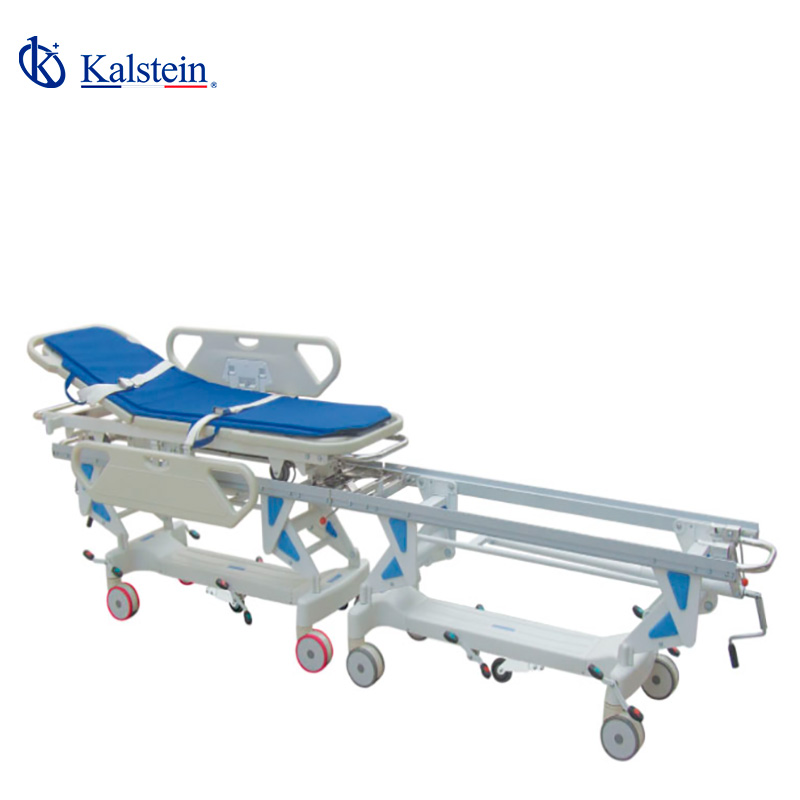The muffle is a laboratory furnace designed to carry out laboratory procedures that require uniform exposure of high temperatures. This type of furnace consists of a closed chamber of high temperature that can reach up to 1,700 °C, conformed with insulating refractory material, which makes it resistant to these temperatures without being affected.
The muffle was designed for the first time in France, around the 18th century in order to be applied in pottery, for heat treatment and smelting of metals and alloys, in order to improve their hardness and elasticity qualities. Later, Jean-Félix Bapterosses, founder of a porcelain button factory, began his research in the area of ceramics and invented an oven with open muffles, that is, that were fed with charcoal, which allowed monitoring in the cooking of buttons. This invention was awarded by the ceramic section in 1849.
From there, its use spread and as time went by, the mufle was introduced into the field of biology and chemistry. Its use in laboratories that need to work with temperatures higher than 350 °C is decisive. In chemistry, the mufle is used for the execution of solid state reactions and in biology for the drying of biological samples until the ash is released.
Muffles
The muffle is a box-shaped heat treatment equipment, which is used to change the physical properties of a sample by using high temperatures. This type of laboratory furnace has its application in a wide variety of scientific experiments in laboratories of physics, chemistry and biology, in painting, in the elaboration of ceramics, in the steel industries, in the biotechnology companies, in the industrial production, in the analysis of coal, in the calcination of lime and in the thermal treatment of steel parts and gears, among others.
In order to operate a muffle it is necessary that the worker has adequate clothing, such as gloves and apron, plus it is necessary to leave the muffle separated about 15 cm from other equipment so that the heat circulates freely. Also, it is important to be aware that the muffle is connected to a stable power source.
Muffles in the analysis of samples
The main function of the mufle is to reach high temperatures and from that is that all the uses that can be granted to it are derived. This equipment is a laboratory instrument that reaches the highest temperatures, between 1100 °C and 1700 °C. Thanks to its design, this allows to have control of the sample entered, something that is difficult to do with other types of furnaces, but of great importance, since the procedure is controlled.
In conclusion, the muffle does the function of an oven, but unlike this, the muffle allows
monitoring and regulating the temperature at all times in a convenient and safe way. There are several laboratory procedures that require the application of the high temperatures offered by the muffle, since performing it with other types of equipment could expose the sample to contamination and would pose a risk to the operator’s safety.
Parts of the muffle
In order to understand the functioning of a mufle, it is essential to know the parts that constitute it. The muffle has some maintenance, such as calibration and cleaning, so you need to know more about its operation and parts, in order to determine that it is working properly. The parts of the mufle are:
- Internal chamber: it is built with aluminum and silica, which helps it to withstand high temperatures. At the top of the chamber is a hole through which gases are expelled.
- Heating elements: they are located inside the chamber and their function is to distribute the temperature evenly.
- Thermocouple: is a sensor that shows the temperature in which the camera is.
- Timer: it is responsible for scheduling the working time in which the mufle operates.
- Temperature control: used to program the temperature at which the muffle will operate.
- Security switch: located on the door that gives way to the camera. It is responsible for cutting off the power supply so that the temperature drops.
Kalstein brand muffles
Kalstein is par excellence a company MANUFACTURER of medical equipment and laboratories, which have a high quality and technology, in addition to having the best PRICES in the market. Our teams are specialized in meeting the needs of all our customers. Among the equipment we have for sale, we have muffles, necessary equipment for any laboratory that wants to operate with high temperatures and carry out cooking of ceramic materials, incineration of biological samples and so on. If you are interested in making the PURCHASE of a muffle for your laboratory, we have muffles and Universal Lab high temperature box muffle oven, you can view them through our catalog: HERE. For our other products and equipment, please see HERE



